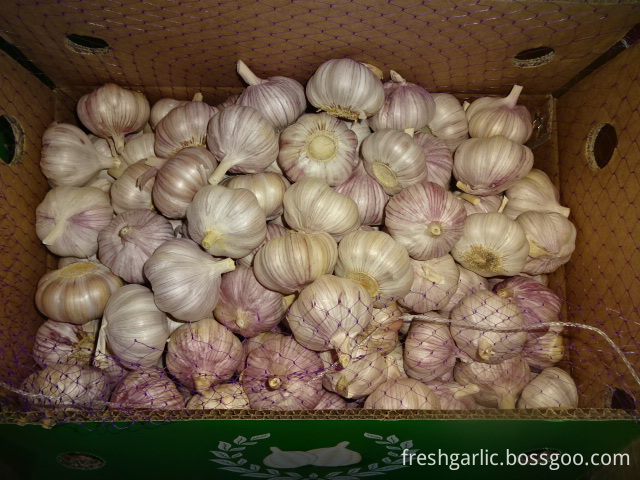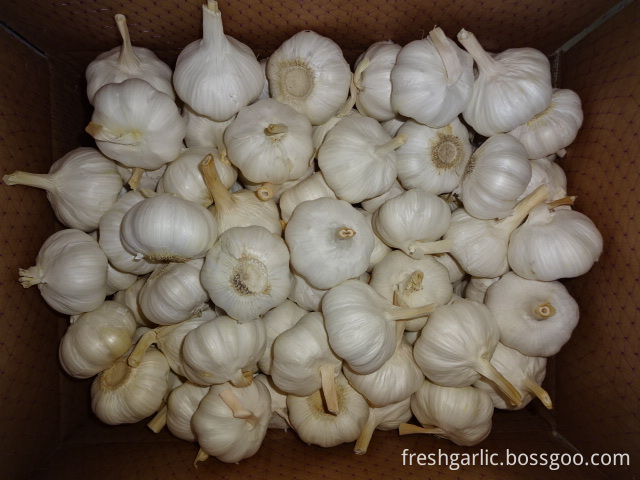Standardized operation can prevent turf bald spot
2021-05-05 09:01:56
Domestic turf producers are often plagued by bald patches, which seriously affect the rate of exits and sales. In North China, for example, the production cycle of tall fescue and bluegrass turfgrasses is usually about 3 months. Most farms use small machinery for bed preparation, seeding, and sprinkler irrigation. The main causes of bald spot and these operations are The degree of standardization is closely related. Soil preparation and land preparation directly affect the emergence rate and the difficulty of water management during seedling stage. There are three main issues to be aware of. The first is deep plowing. Many people do not plow down for many years in order to sow the seeding period. The rolling of vehicles and machinery makes the underlying soil compact. The shallow rotary tillage before sowing only improves the topsoil. Such soil conditions can cause a variety of problems. Some bases even have the lack of seedlings in the shape of heavy trucks while drafting the skin. This is the result of over-tightening of the local soil. This can also lead to poor drainage, many diseases and insect pests, poor soil water retention and uneven compactness, which poses great difficulties for seedling management. Therefore, it is recommended to plow or re-pour it once at least every 2 to 3 years to fully improve the permeability and aeration of the underlying soil and to make the texture of the middle and upper layers more uniform. Another major issue in land preparation is the flatness. Uneven land will lead to uneven distribution of irrigation water and surface runoff, directly affecting the uniformity of seedling emergence and evenness of seedbed water. This is mainly due to the fact that seeds are easily washed away when watering. It is also very difficult for the seedbed to maintain a consistent moisture condition. As a result, it is easy to form seedless bald spots, so it must be carefully formed before each sowing. The last problem in the land preparation is the large earth blocks, especially the soil where the soil texture is heavy. The presence of large earth blocks will seriously affect the uniformity of seeding and emergence, and the disc harrow or ratcheting roller should be used when the soil is slightly wet. And other machinery fully broken. Sowing is recommended to use a dedicated seeder, which is not only efficient, but also achieves higher uniformity and more accurate seeding. The use of hand-operated seeders requires a high level of worker proficiency. After sowing, it is necessary to cover the soil and repress it with cover soil several times to ensure uniform emergence. Lawn seeds are small and light, with shallow cover soil after sowing, some seeds will remain on the surface, and repression after sowing can make it more closely contact with the soil, significantly improve the germination and emergence rate, so multi-rolling after sowing is a necessary operation. Seedling water management Seedling bald spot caused by poor water management during seedling stage is very common. Poor nozzle atomization or uneven topography will wash away seeds. Unreasonable distribution of sprinkler heads will result in uneven irrigation. Large differences in soil texture will also result in poor water retention. The place first dried dead seedlings. The first sprinkler after sowing must be thoroughly irrigated. It usually takes 1.5 to 2 hours to spray the water. After watering, it ensures that the wet soil layer is up to 15 cm and there is no leakage of water and less land to be poured. This ensures good moisture in the deep layer and promotes the turf root system to the deep layer. To develop and reduce the difficulty of subsequent watering at the seedling stage. In case of uneven terrain or poor drainage of the soil, it may be suspended for 1 hour before the water accumulates. About one month after sowing, the water management at the seedling stage is critical. The moist seedbed is the primary condition for the successful establishment of the lawn. According to the soil and climatic conditions, it is usually watered once every 2 to 3 days, sandy soil or dry hot climate conditions. May need to water daily or every other day. If the watering is sufficient for the first time, then the time for subsequent watering is usually 40 minutes to 1 hour. At this time, if there is uneven terrain or inconsistent soil compaction, watering is more frequent and the work intensity will be higher. It should be noted that watering should not be excessive, and excessive watering in the early spring will hinder the rise in temperature and delay the emergence of seedlings. Excessive watering may cause seedling disease at night when the temperature is higher than 20°C during the early autumn. Usually about half of the topsoil dries before it is watered again, but the depth of dry soil must not exceed 1 cm.
Fresh Garlic has been used as both food and medicine for thousands of years. Fresh garlic contains many nutrients, including phosphorus, potassium, calcium, protein and vitamins B and C. Try to use it on a daily basis to achieve the greatest health benefits.
For fresh garlic ,there are two varieties of garlic: one is Normal White Garlic (with some purple stripes on the skin of the bulbs) and another variety called Pure White Garlic (or snow white garlic) which does not have any purple stripes on the skin.


Fresh Garlic
Fresh Garlic,Fresh White Garlic,Preserving Garlic,Natural Garlic
JINING FORICH FRUITS & VEGETABLES CO., LTD. , https://www.forichgarlic.com